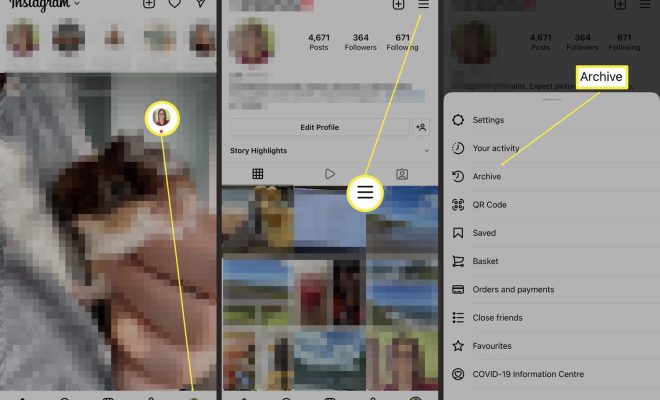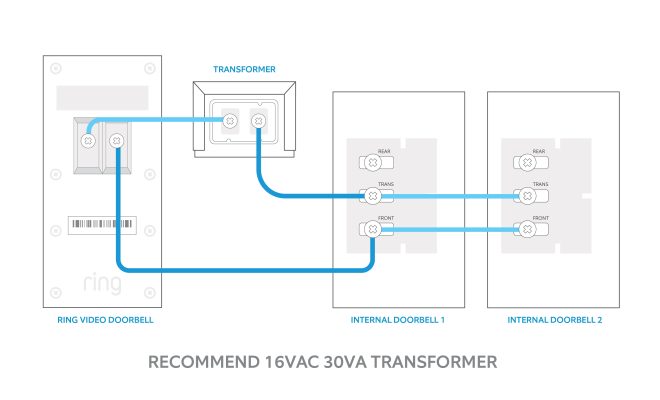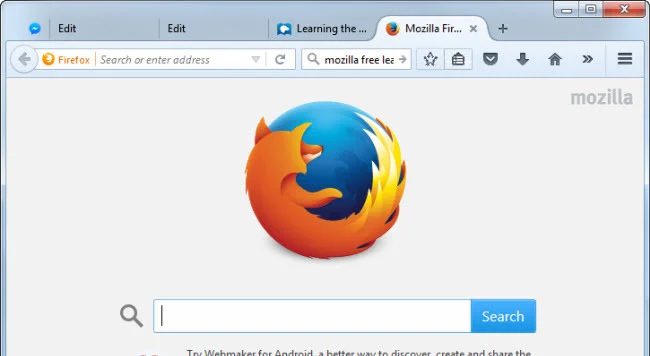What Is the Singularity and When Will We Reach It?

The concept of the singularity has been popularized by futurists, but it can be a difficult concept to grasp. At its core, the singularity is a moment in time when technology advances so rapidly that it completely changes our understanding of the world and our place in it. Some experts predict that this will happen within our lifetimes, while others are more skeptical about how soon this will come to pass.
The idea of the singularity has been popularized by thinkers such as Ray Kurzweil, who argues that we are on the cusp of a technological revolution that will transform society as we know it. According to Kurzweil, the singularity will be marked by the development of artificial intelligence that is more intelligent than humans. He predicts that this will happen by 2045, and that this will lead to a world where machines are capable of doing things that were previously thought to be impossible.
Other experts agree with Kurzweil’s timeline, and predict that the singularity could happen as early as the 2030s. They argue that advances in areas such as machine learning and robotics are proceeding at such a rapid pace that it is only a matter of time before we reach a point where machines are able to think and reason in ways that are as complex as human thinking. When this happens, they argue, machines will be able to solve problems that were previously thought to be unsolvable, and will be able to make decisions that are more rational and objective than those made by human beings.
However, not everyone is so optimistic. Some experts argue that the singularity is a myth, and that it is unlikely that we will ever reach a point where machines are more intelligent than humans. They point to the limitations of current technology, and argue that there are fundamental differences between human thinking and machine thinking that cannot be overcome. They also argue that the idea of the singularity is based on an overly simplistic view of technology, and that it fails to take into account the social, political, and economic factors that will shape the future.
How to Use a Dictionary in C#
A dictionary in C# is a collection of key-value pairs, where each key is unique and associated with a specific value. C# provides built-in support for dictionaries through the Dictionary class in the System.Collections.Generic namespace.
Using a dictionary in C# can be helpful in many scenarios, such as caching frequently accessed data or mapping unique identifiers to specific objects. Here are the steps to use a dictionary in C#:
Step 1: Declare a Dictionary
The first step is to declare a dictionary. To do this, we need to define the data type of the key and value pairs. For example, let’s say we want to create a dictionary that maps a student name to their grade:
“`
Dictionary studentGrades = new Dictionary();
“`
This declares a new dictionary that maps strings (student names) to integers (grades).
Step 2: Add Key-Value Pairs
Next, we can add key-value pairs to the dictionary using the Add method. For example, if we want to add a student named “John” with a grade of 85, we can do:
“`
studentGrades.Add(“John”, 85);
“`
We can add as many key-value pairs as needed to the dictionary using this method.
Step 3: Access Values
To access the value associated with a specific key in the dictionary, we can use the indexer operator, which is the [] symbol. For example, to get John’s grade, we can do:
“`
int johnGrade = studentGrades[“John”];
“`
The value of johnGrade will be 85.
Step 4: Update Values
If we want to update the value associated with a specific key in the dictionary, we can simply use the indexer operator again and assign a new value to it. For example, if John’s grade improves to 90, we can do:
“`
studentGrades[“John”] = 90;
“`
This will update the value associated with the key “John” to 90.
Step 5: Check if a Key Exists
Sometimes we need to check if a specific key exists in the dictionary before accessing its value. We can use the ContainsKey method to do this. For example, if we want to check if “John” exists in the studentGrades dictionary, we can do:
“`
if (studentGrades.ContainsKey(“John”))
{
// John’s grade exists in the dictionary
}
“`
This will return true if the key exists in the dictionary, and false otherwise.
Step 6: Remove Key-Value Pairs
We can remove a key-value pair from the dictionary using the Remove method. For example, if we want to remove John’s grade from the dictionary, we can do:
“`
studentGrades.Remove(“John”);
“`
This will remove the “John” key-value pair from the dictionary.






